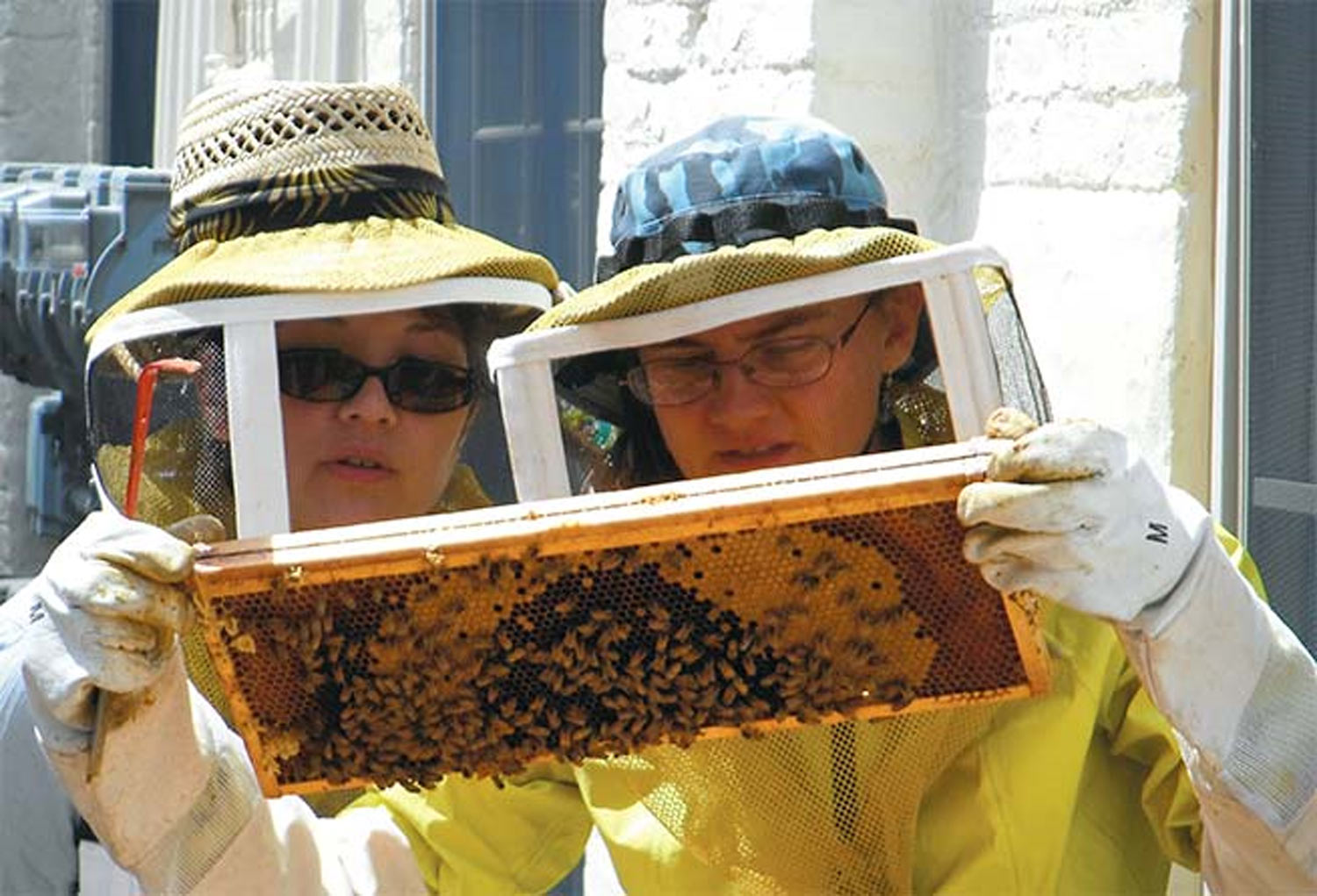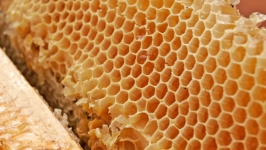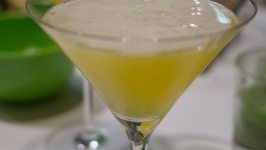Why You Should Support your Local Beekeeper
Lisa Bashert of Ypsilanti believes so passionately in urban beekeeping that she broke a law—a city ordinance, to be precise—to prove her point.
When a neighbor reported her for keeping a single hive in her backyard, she was told that she had two months to get rid of her hive of honeybees. Rather than fret, she used the time to rally 100 fellow Ypsi residents to educate the City Council and seek to change the ordinance.
With help from the Southeastern Michigan Beekeepers Association (SEMBA) and its primary contact Roger Sutherland, she won. Since November 9, 2009, Ypsilanti has allowed private beekeeping. Bashert’s neighborhood has become a bee-safe zone, with 75 contiguous houses pledging to not use pesticides and to plant bee-friendly flowers. Best of all, Ypsilanti is now officially designated a “Bee City,” with a Local Honey Project at the Ypsilanti Food Co-op headed up by Bashert.
What is it about producing your own honey that makes it worth fighting city hall? Perhaps it’s the lineage. Sutherland, a biologist and educator at Schoolcraft College and for SEMBA, has been tending hives for five decades. He notes that “beekeeping is the oldest form of agriculture known to mankind. Early on, people were bee finders; at some point, they realized they could keep them.”
That process includes creating a hive, a space where “bees can produce more honey than they themselves need to eat,” according to Ari Weinzweig, who offers an excellent chapter on honey in his book Zingerman’s Guide to Good Eating.
A manmade hive is a deceptively simple structure: a wooden box with room for a queen to lay upwards of 100,000 eggs a year and multiple frames on which the bees can make honey. But beekeeping involves a great deal more. Steps include evaluating your nectar forage area, understanding how bees work, learning to make nucleus colonies and becoming familiar with the Michigan Apiary Law.
What about stings? Sutherland believes that the biggest misconception surrounding the practice is that bees are aggressive and dangerous. “They’re very calm, unless you try to get into their hive or an individual bee is threatened,” he says.
However, Mike Benedict, the head beekeeper of Back 40 Bee Farm in Manchester, offers the following caveat: “Don’t do stupid stuff. Never approach or mess with your bees if you have smelly deodorant or after shave. They’ll attack you en masse. Don’t mess with them on a low-pressure day or after 6 pm. If one bee stings, they create an alarm pheromone; others will sting in defense.”
The advice comes from painful experience. “I thought I was the bee whisperer, but I did all three of those things once. I ended up in the emergency room with 50 stings in the head.”
Lisa Bashert says to simply listen to the bees. “When you first interact with them, they’ll teach you how they want to be treated.” For those interested in giving bees a chance, all beekeepers showed equal enthusiasm.
"When people are beekeeping responsibly, it helps to create a more diverse genetic gene pool, and it’s fantastic,” says Benedict.
But there’s no need to learn things the hard way. Roger Sutherland recommends taking a class, which you can find through the SEMBA website. Benedict will be offering classes in 2016. And the Local Honey Project is looking for volunteers.
Don’t do it to get rich, cautions Benedict. “We get into trouble with our food production when we look to large-scale corporate models,” he says. Exhibit A: Groeb Farms in Onsted, a large national honey producer, who in 2013 filed for bankruptcy after being caught illegally buying Chinese honey and reselling it under its own label. The company is now permanently closed.
“China is notorious for putting all sorts of things you don’t want in your food into their honey,” says Benedict. “Smaller food producers are able to practice more naturally and sustainably. As a result, their produce looks better, tastes better, is better for you and for your producers—in this case, the bees.”
The honey crop varies tremendously from year to year and from hive to hive. Weinzweig refers to it as a color and flavor spectrum similar to beer, ranging from pale, delicately flavored varieties to super-dark butterscotch versions. He is fond of pairing honey with cheeses, particularly harder ones, enjoying the savory/sweet experience. He also suggests serving spoonfuls of honey, simply and elegantly arranged on a white plate to emphasize the color, as an unusual dessert.
But for these beekeepers, honey gathering is a mere side benefit. “I have my finger on the pulse of nature,” says Benedict. “Beekeeping keeps you in touch with the cycles, the weather, what’s growing. It forces you to be connected.”
“My hive has a window,” say Lisa Bashert. “On hot summer days, you’ll find me, like many beekeepers, sitting and just watching these amazing critters do their thing.”
Find out more at Ypsilanti Food Co-op
RECIPES









